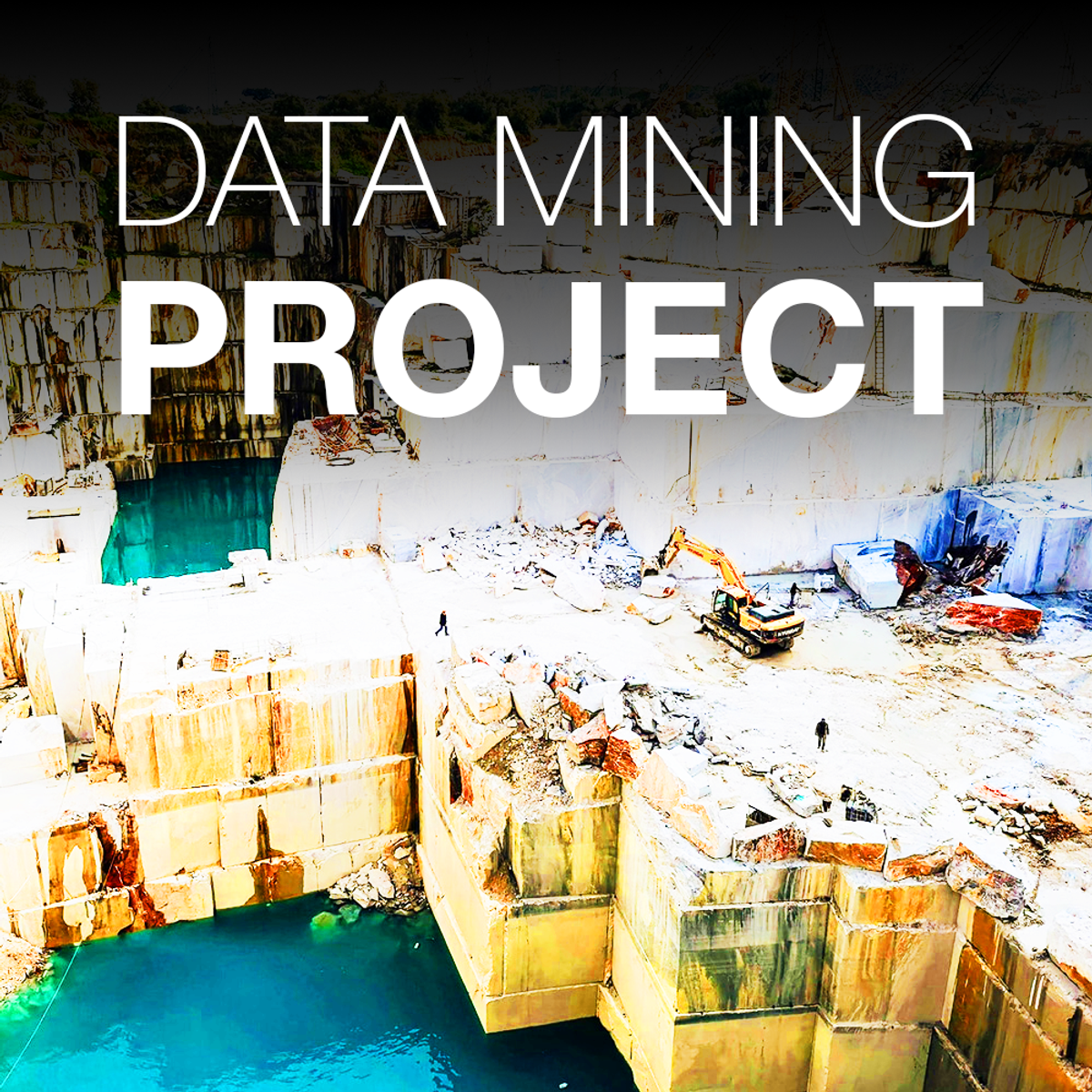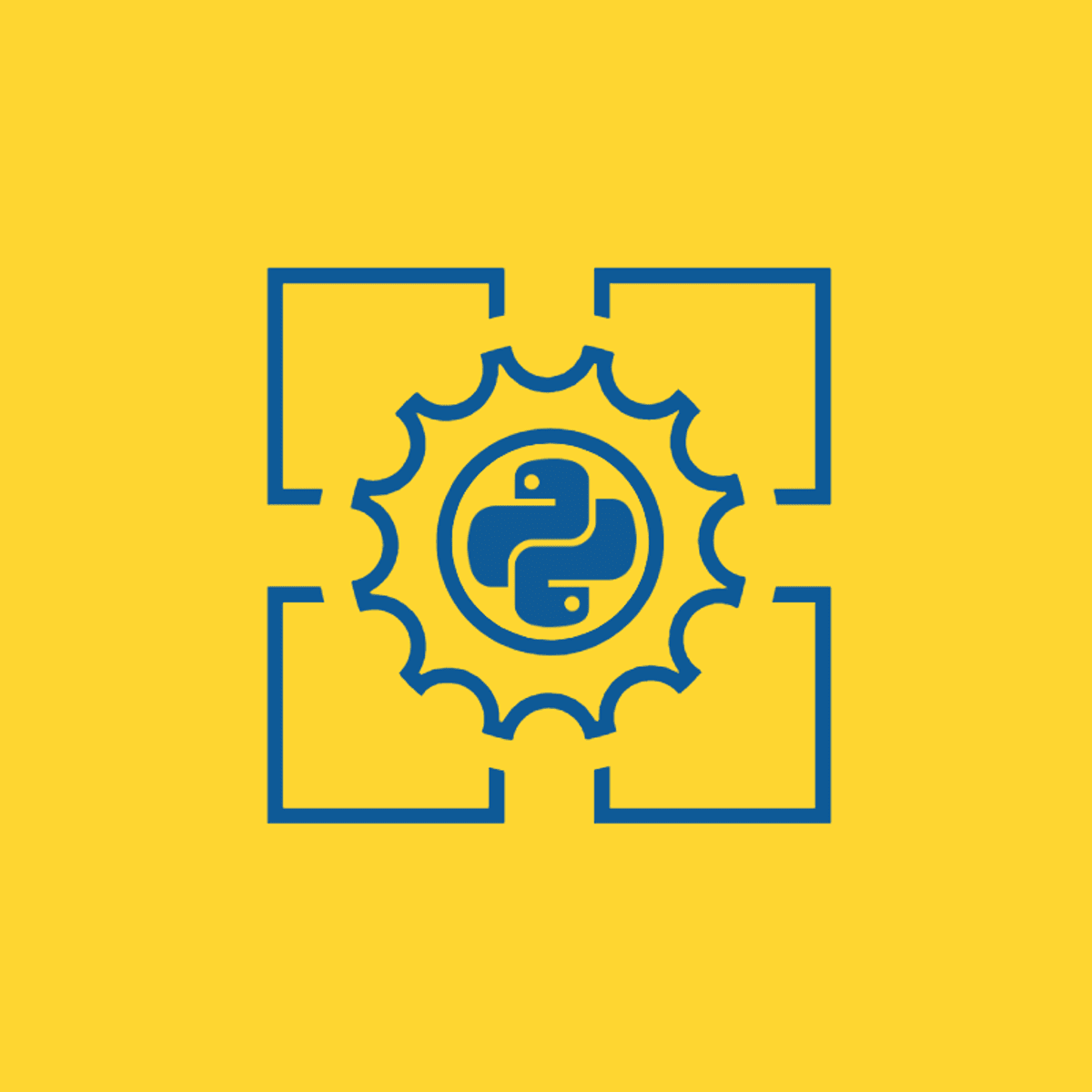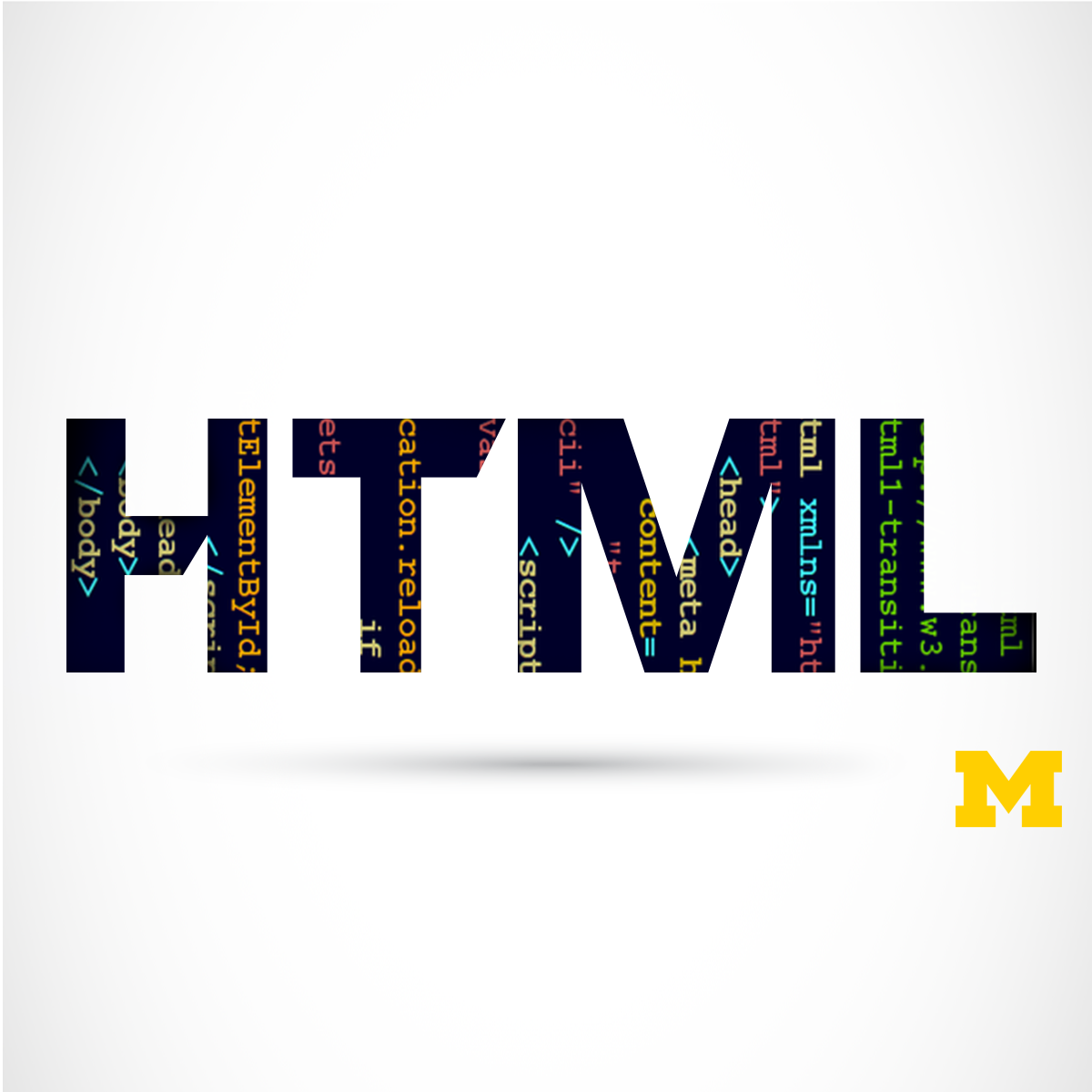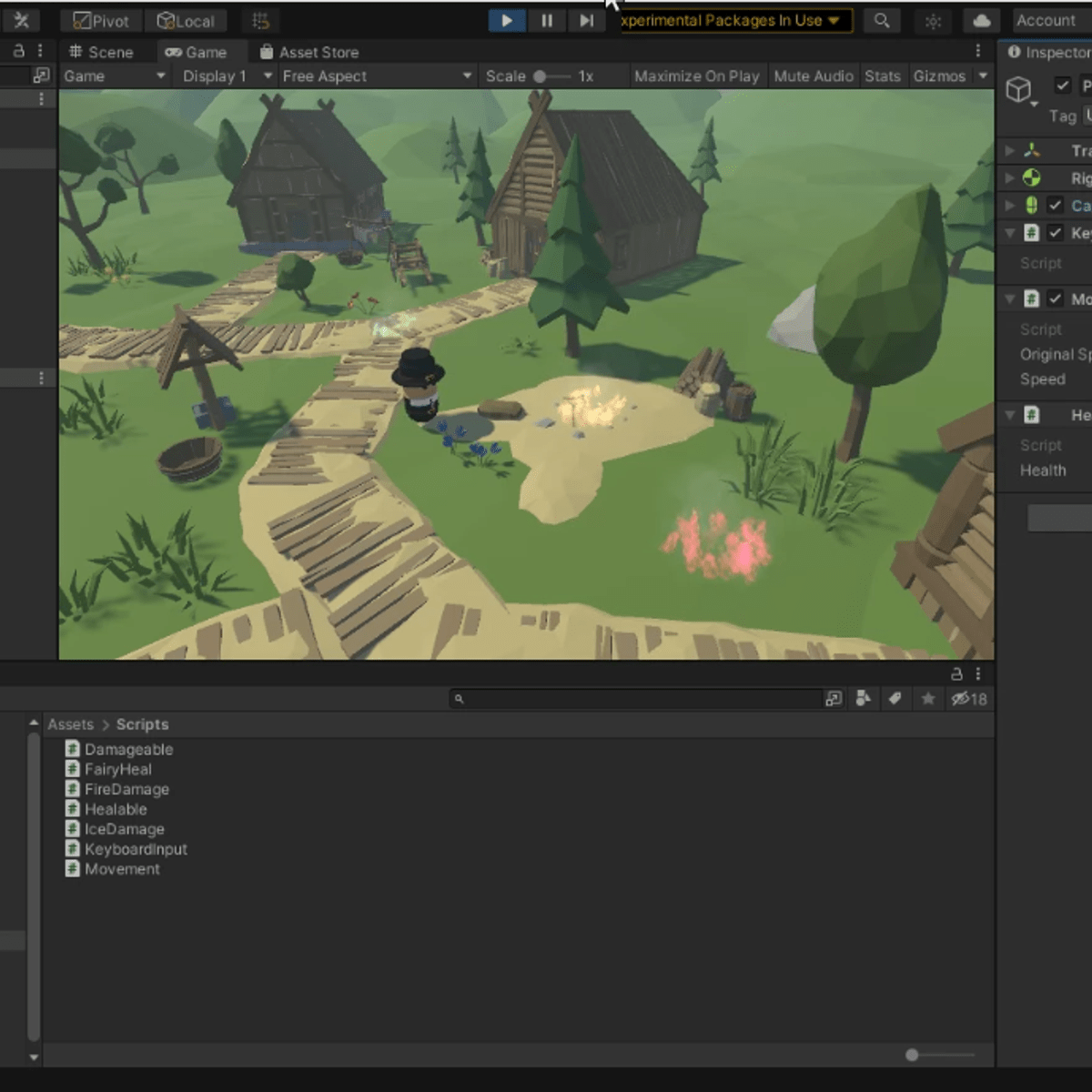Back to Courses









Computer Science Courses - Page 153
Showing results 1521-1530 of 2309

Data Mining Project
This course offers step-by-step guidance and hands-on experience of designing and implementing a real-world data mining project, including problem formulation, literature survey, proposed work, evaluation, discussion and future work.
Data Mining Project can be taken for academic credit as part of CU Boulder’s Master of Science in Data Science (MS-DS) degree offered on the Coursera platform. The MS-DS is an interdisciplinary degree that brings together faculty from CU Boulder’s departments of Applied Mathematics, Computer Science, Information Science, and others. With performance-based admissions and no application process, the MS-DS is ideal for individuals with a broad range of undergraduate education and/or professional experience in computer science, information science, mathematics, and statistics. Learn more about the MS-DS program at https://www.coursera.org/degrees/master-of-science-data-science-boulder.
Course logo image courtesy of Mariana Proença, available here on Unsplash: https://unsplash.com/photos/_WgnXndHmQ4
Select Topics in Python: Natural Language Processing
Code and run your first NLP program in minutes without installing anything!
This course is designed for learners who have some experience with Python but are a novice to NLP. The modules in this course cover processing and analyzing text; analyzing speech, syntax, and semantics; and building a chatbot.
To allow for a truly hands-on, self-paced learning experience, this course is video-free. Assignments contain short explanations with images and runnable code examples with suggested edits to explore code examples further, building a deeper understanding by doing. You’ll benefit from instant feedback from a variety of assessment items along the way, gently progressing from quick understanding checks (multiple choice, fill in the blank, and un-scrambling code blocks) to slowly building features, resulting in large coding projects at the end of the course.

App Engine: Qwik Start - Java
This is a self-paced lab that takes place in the Google Cloud console.
This hands-on lab shows you how to create a small App Engine application that displays a short message. Watch the short video <A HREF="https://youtu.be/s0-pfuXj1aA">Build Apps at Scale with Google App Engine</A>.

User-Defined Functions in JavaScript
By the end of this project you will have created and used a function in JavaScript. You will use the Notepad++ editor to write both internal and external JavaScript functions and the code to call them from within an HTML file. Through hands-on practice you will compare methods and functions and look at built-in functions versus user-defined functions.
Note: This course works best for learners who are based in the North America region. We’re currently working on providing the same experience in other regions.

Working with Azure Data Storage
This project teaches you the variety of ways to store data in Azure. You will learn the basics of storage management in Azure, how to create a Storage Account, and how to choose the right model for the data that you want to store in the cloud. After this project you will be able to define the appropriate settings for each storage account and create a storage account using the Azure portal. You will also understand how data lake storage can be created to support a wide variety of big data analytical solutions with minimal effort.
In this 1-hour long project-based course, you will learn how to (create a storage account using the Azure portal, create an Azure Data Lake Store Gen 2 using the portal, upload data into the Data Lake Storage Gen2 using Azure Storage Explorer and copy data using Azure Data Factory ).
Note: This course works best for learners who are based in the North America region. We’re currently working on providing the same experience in other regions.

Introduction to HTML5
Thanks to a growing number of software programs, it seems as if anyone can make a webpage. But what if you actually want to understand how the page was created? There are great textbooks and online resources for learning web design, but most of those resources require some background knowledge. This course is designed to help the novice who wants to gain confidence and knowledge. We will explore the theory (what actually happens when you click on a link on a webpage?), the practical (what do I need to know to make my own page?), and the overlooked (I have a page, what do I do now?). Throughout the course there will be a strong emphasis on adhering to syntactic standards for validation and semantic standards to promote wide accessibility for users with disabilities. The textbook we use is available online, “The Missing Link: An Introduction to Web Development and Programming” by Michael Mendez from www.opensuny.org.
This course will appeal to a wide variety of people, but specifically those who would like a step-by-step description of the basics. There are no prerequisites for this course and it is assumed that students have no prior programming skills or IT experience. The course will culminate in a small final project that will require the completion of a very simple page with links and images. The focus of this course is on the basics, not appearance. You can see a sample final page at http://intro-webdesign.com/html5-plain.html.
This is the first course in the Web Design For Everybody specialization. Subsequent courses focus on the marketable skills of styling the page with CSS3, adding interactivity with JavaScript and enhancing the styling with responsive design. You can see a sample site for the capstone course at http://intro-webdesign.com/

Data Structures
A good algorithm usually comes together with a set of good data structures that allow the algorithm to manipulate the data efficiently. In this online course, we consider the common data structures that are used in various computational problems. You will learn how these data structures are implemented in different programming languages and will practice implementing them in our programming assignments. This will help you to understand what is going on inside a particular built-in implementation of a data structure and what to expect from it. You will also learn typical use cases for these data structures.
A few examples of questions that we are going to cover in this class are the following:
1. What is a good strategy of resizing a dynamic array?
2. How priority queues are implemented in C++, Java, and Python?
3. How to implement a hash table so that the amortized running time of all operations is O(1) on average?
4. What are good strategies to keep a binary tree balanced?
You will also learn how services like Dropbox manage to upload some large files instantly and to save a lot of storage space!

Dynamic Programming, Greedy Algorithms
This course covers basic algorithm design techniques such as divide and conquer, dynamic programming, and greedy algorithms. It concludes with a brief introduction to intractability (NP-completeness) and using linear/integer programming solvers for solving optimization problems. We will also cover some advanced topics in data structures.
Dynamic Programming, Greedy Algorithms can be taken for academic credit as part of CU Boulder’s Master of Science in Data Science (MS-DS) degree offered on the Coursera platform. The MS-DS is an interdisciplinary degree that brings together faculty from CU Boulder’s departments of Applied Mathematics, Computer Science, Information Science, and others. With performance-based admissions and no application process, the MS-DS is ideal for individuals with a broad range of undergraduate education and/or professional experience in computer science, information science, mathematics, and statistics. Learn more about the MS-DS program at https://www.coursera.org/degrees/master-of-science-data-science-boulder.

SOLID Programming: Open-Closed Principle in Unity
Programming of any kind, including in game-development, can get complicated as the size and scope of a project increase. Investigating bugs and expanding the code with new functionality can be almost impossible if the code-structure is not well-thought-out.
In this one-hour, project-based course, we will cover the second principle of "SOLID" programming: Open-Closed Principle ("OCP") states that a class should be open for extension but closed for modification. It sounds like a contradiction, but it will allow us to add functionality to our sample game without touching existing code. In the project, we will create some "typical" code that is fairly common in game-development, and then restructure it to become compliant with OCP.
This project is part two of a five-part series on SOLID Programming principles, which are:
- Single Responsibility
- Open-Closed (this guided project)
- Liskov's Substitution
- Interface Segregation
- Dependency Inversion
Each of these guided projects stands on its own, but for a full understanding of good coding practices, completing all five guided projects (in order) is recommended.

C++ Data Structures in the STL
In this project you will read weather data from a file and populate a C++ Vector with the file data. The data is then uniquified in a Set data structure and stored in a Map for accessing data by year.
C++'s standard template library or STL contains data structures or containers that are built for efficiency. They are used to store and retrieve data in various formats. A list such as a Vector can be used in place of an array to contain data where the size cannot be determined ahead of time. A List is like a Vector, except elements can be more quickly added and deleted from it, since no shifting needs to occur. A Map is used to quickly look up a value based on a key rather than a numerical index, for example, to look up a phone number based on a key containing a person's name. A Set may be used to remove duplicates from a list, simply by assigning the data to it.
Note: This course works best for learners who are based in the North America region. We’re currently working on providing the same experience in other regions.
